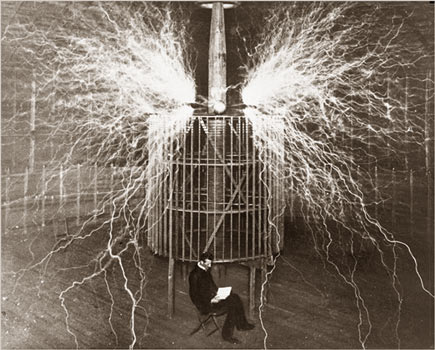|
return to
homepage
return to updates
My
Unified Field Equation
is
confirmed

by
Miles Mathis
Abstract: I
show that my unified
field equation for force, derived several years ago, and my
unified field equation
for velocity, derived recently to solve the galactic rotation
problem, resolve. This confirms both solutions and both papers,
as well as my papers on
π.
In
my first paper on the
unified field, I derived a relativistic UFT equation in the
form
F = (GmM/r2)
– (2GmM/rct)
I did this with simple postulates, and
without any curved field, tensors, or other difficult math. In my
more recent paper on the galactic
rotation problem, I developed a similar equation for the
velocity of an orbiter:
v = √[(GM0/r)
– (Gmr/r)]
Question is, can we derive one from the other? In the
galactic rotation paper, I didn't use my unified field equation,
instead deriving the velocity equation from first postulates
again. But we can see from the form that they are related, both
being differentials of the same sort.
The first thing to
do is multiply the first equation by r/m, to achieve
ar =
(GM/r) – (2GM/ct)
Then we take the square root
v
= √[(GM/r) – (2GM/ct)]
If mr/r
= 2M/ct, we have a match. We can rewrite that equation as
mr/M
= 2r/ct
That implies that the orbiting mass is dependent
on the central mass, something current equations deny. Let us
solve for t, to see what time that is.
t = 2rM/cmr
If we solve for Jupiter, t = 5,466,035s
Since
that isn't the time for one orbit, we have more work to do. It
turns out we are off by a factor of 68 in this time period, which
should be a factor of 64. Yes, that is 1/68 of the period of
Jupiter. How do I know it should be 64? Because in the equation
we are comparing the square root of the time to the velocity. The
square root of 64 is 8, so the relationship of the velocity to
the time is 8. In
another paper, I have shown that the tangent is equal to the
radius only when we are at 1/8 of the circle. Therefore, the time
here is the time for the orbiter to travel 1/8 of the orbit. Only
after that time will the tangent equal the radius, and only at
that time will the arc equal the tangent. If the arc equals the
tangent and the tangent is defined as the velocity, then we can
find the velocity straight from the radius. Since these
equalities work only at 1/8 of the circle (rather than at a
limit, as was previously thought), the time period in this
equation must apply to 1/8 of the circle.
You will say we
are still off by a factor of 1.06. But as I showed in my paper on
the Stefan-Boltzmann
Law, that is the difference between 4 and π, at the fourth
root. 4√4/4√π
= 1.06. Here, we have 8 as the square root of 64, and the time as
the square root of the velocity, so we are at the fourth root.
You will notice that π doesn't exist in my equations, although
my equations can include an orbit. If we want to insert current
orbital numbers into my new equations, we have to transform
between π and 4. The number 1.06 is the transform here.
Therefore, the equations do match. As long as we define t
as the time for 1/8 of an orbit, we can derive one equation from
the other. This verifies both equations, as well as my
jettisoning of π in
the kinematic circle.
If this paper
was useful to you in any way, please consider donating a dollar
(or more) to the SAVE THE ARTISTS FOUNDATION. This will allow me
to continue writing these "unpublishable" things. Don't
be confused by paying Melisa Smith--that is just one of my many
noms de plume. If you are a Paypal user, there is no fee;
so it might be worth your while to become one. Otherwise they
will rob us 33 cents for each transaction.
|